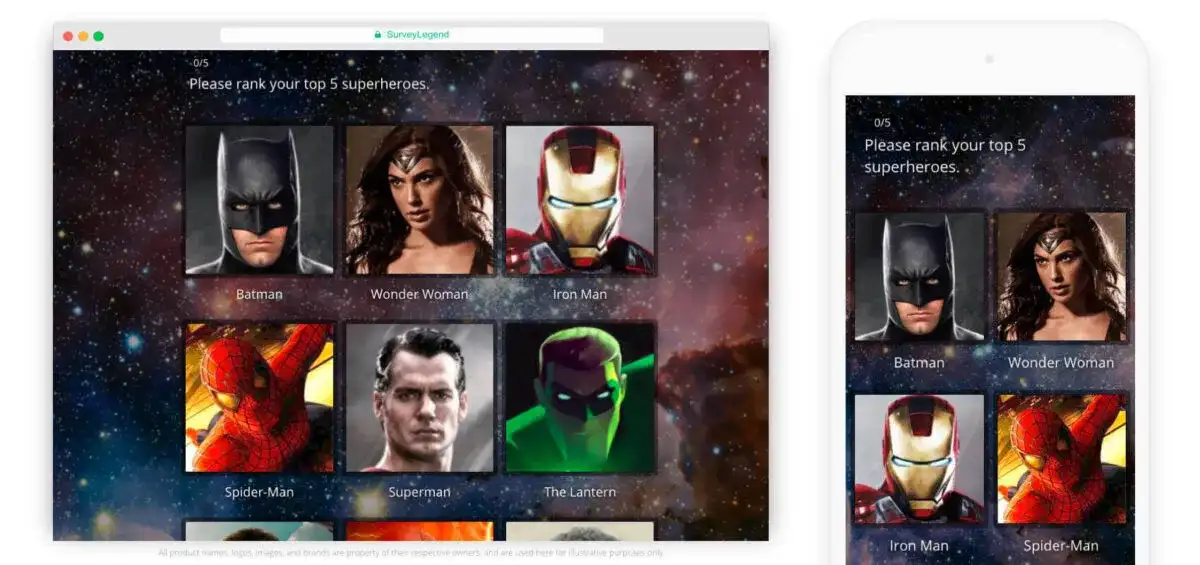Today, it’s all about the experience—the customer experience, that is! Customer experience, or CX, consists of everything from the customer’s first interaction with your company to their last (as well as any recurring touchpoints). To measure the entire CX, not just isolated incidents, many companies have adopted the use of a Net Promoter Score (NPS) metric. The NPS metric offers simplicity, using nothing but a 0-10 scale, often followed up by an open-ended question.
Understanding NPS
According to the official Net Promoter website, “Net Promoter Score®, or NPS®, measures customer experience and predicts business growth. This proven metric transformed the business world and now provides the core measurement for customer experience management programs the world around.”
Simply put, an NPS is a customer loyalty score, which is calculated by asking customers how likely they would be to recommend your product or service to a friend or colleague, on a scale of one to ten. The resulting data helps companies improve their CX, thus building customer loyalty and creating enthusiastic brand advocates.
Calculating NPS Data
Again, the reason many NPS users love this metric is its simplicity. Respondents must select a number from 1-10 when answering your NPS question. Then, depending on their answer, they fall into one of the following categories:
- Promoters (score of 9 and 10). Your most enthusiastic and satisfied customers.
- Passives (score of 7 and 8). Those who don’t feel strongly one way or the other about your company.
- Detractors (score of 0 to 6). Those who won’t recommend your company or may even actively bad mouth it.
To calculate your NPS results, simply subtract the percentage of detractors from the percentage of promoters (don’t count passives either way). The result should be expressed as a number from -100 to 100. Your score will be negative if you have more detractors than promoters, and positive if the opposite applies. Scores above 0 are considered “good” because that means you have more promoters than detractors, while below 0 means the opposite is true.
Of course, you want to aim for as close to 100 as possible (and don’t worry; hardly any company ever achieves a perfect score of 100). Wondering about an NPS benchmark for your industry? Check out common industry NPS scores and some specific company NPS scores here.
Improve the Customer Experience Based on NPS Data
All businesses should be aware of their Net Promoter Score because it can be a predictor of business growth or an indicator of potential trouble. After you’ve completed an NPS survey and know who your promoters, passives, and detractors are, you should consider the following.
Managing Promoters
Promoters are wonderful to have, but if they’re not nurtured, their NPS could drop, turning them into passives or worse. According to Forbes, it can cost five times more to attract a new customer than it does to retain an existing one, so don’t take your promoters for granted.
To keep promoters on your side and acting as powerful brand advocates, treat them like VIPs. This means you may want to occasionally show appreciation for their loyalty through special offers or discounts. You may also consider recruiting them into an affiliate program, offering them bonuses for recruiting more customers.
Finally, you should be sure to respond promptly to their comments, even if it’s just to thank them for any kind words, and follow up with them if their score fluctuates. If they start scoring you lower, that’s a major red flag that there is a potential new problem.
Some questions to ask promoters following an NPS survey may include:
- What is the primary reason for your score?
- Tell us some things we did best during your experience.
- What could we do to wow you even more next time?
Managing Passives
Passive customers should be considered as being “on the fence” regarding your company; your objective is to get them onto your side and turn them into promoters! Remember, if you don’t, a competitor might, and you could lose them forever.
So why did a passive customer score lower than a promoter? They may simply have higher expectations, or they may have encountered a problem that your promoters did not. Either way, this makes them a critical source for feedback regarding ways you could improve your business. So, always follow up quickly with passive respondents, and let them know you’re eager to improve your product or service to better meet their needs.
In addition, you might consider incentives that could tip passives more toward your side; this could include free upgrades, pricing discounts, and other special offers. If their issue is service-related, perhaps you can provide them with a special extension or email address to fast-track any issues in the future.
Some questions to ask passives following an NPS survey may include:
- What is the primary reason for your score?
- Did you encounter any particular issues?
- If yes, were they resolved to your satisfaction?
- What is one thing we could do better to meet your expectations?
Managing Detractors
You have two objectives with detractors:
- Convert the highest-scoring detractors into customers. Just because an NPS respondent is a detractor doesn’t mean all hope is lost. If they haven’t explicitly stated why they were unhappy, contact them personally—not through a form letter—and express a sincere interest in addressing, and fixing, the situation. This may be all it takes to turn things around.
- Stop the lowest scoring detractors from damaging your reputation. Those on the low-end of the spectrum have had such a negative experience that you probably can’t retain them as a customer. However, by correcting the problem, you may at least be able to defuse the situation and stop them from talking negatively about your company or posting poor reviews on social media. In addition, you can learn from them and make improvements so that another customer doesn’t find themselves in the same boat.
Some questions to ask detractors following an NPS survey may include:
- Why would you not recommend us?
- What could we have done to improve your experience?
- What can we do to win you back or resolve the situation?
- Would you consider us again if your suggestions were instituted?
Conclusion
NPS data helps you see how you’re doing from the customer’s standpoint. It lets you know whether you give yourself and your team a high-five, or whether some improvements are in order. Today, more than two-thirds of Fortune 1000 companies use the NPS system—but do they all understand how to take full advantage of NPS data? Probably not.
With SurveyLegend, we take your NPS data and perform NPS analysis for you! On your Live Analytics page, you will be able to monitor your Net Promoter Score as it develops over time—and in real-time. Check out our Net Promoter Score template here. If you like what you see, you can get started for free today and begin collecting NPS survey results in no time.
Have some tips to improve the customer experience using NPS data? Let us know in the comments!
Frequently Asked Questions (FAQs)
CX stands for Customer Experience, which consists of everything from a customer’s first interaction with a company to their last (as well as any recurring touchpoints).
Many companies measure CX by sending a Net Promoter Score (NPS) survey asking customers if they would recommend their brand.
CX determines if customers will recommend your company. If they are promoters, they can generate more revenue for your company as brand advocates. If they are detractors, they can hurt your company by talking negatively about it.
By understanding your NPS, you can begin to manage promoters (those likely to recommend your brand) by continuing to please them. You can manage passives (those who could “take it or leave it”) by doing a better job and turning them into promoters. And you can manage detractors (those who would not recommend your brand) by doing your best to make things right so they won’t actively discourage others from trying your brand.



